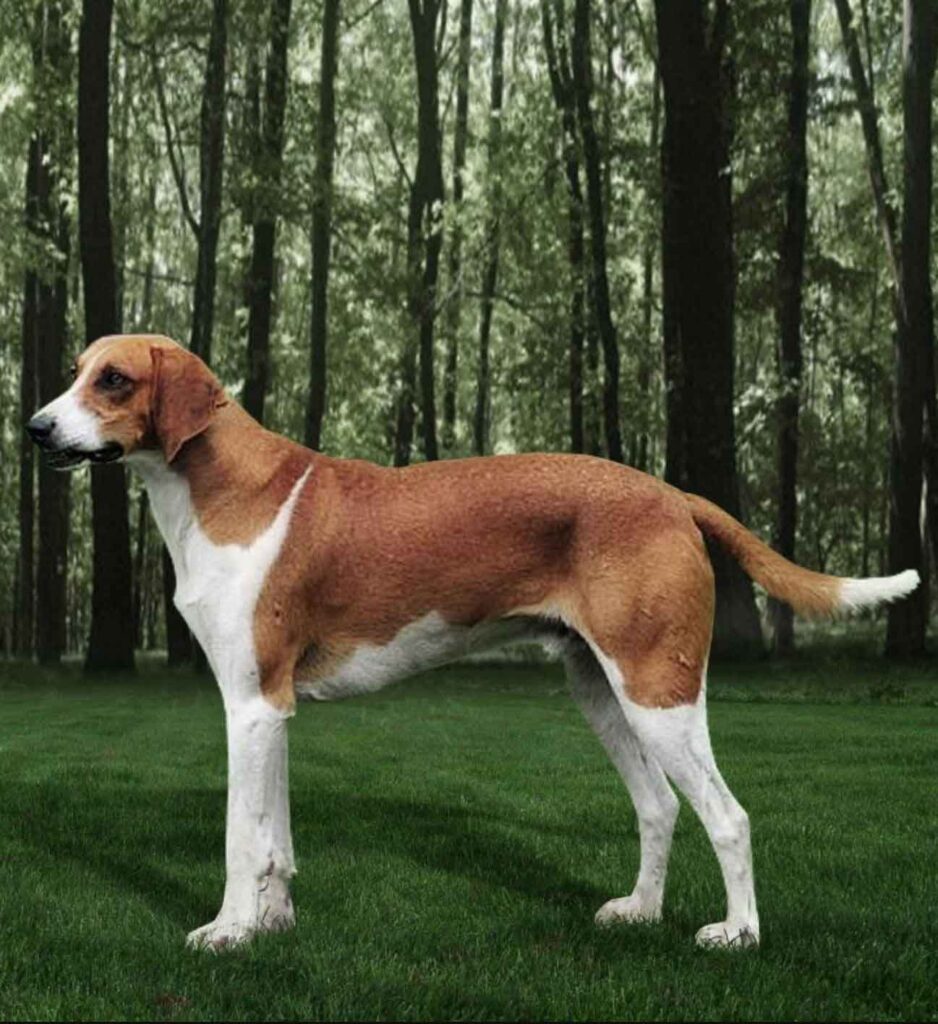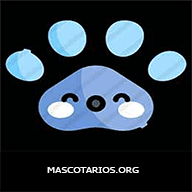Content |
|---|
History Great Anglo-French White and Orange Hound
It probably dates from the 16th century and is originally from France, the Great Anglo-French White and Orange Hound comes from the cross between English Foxhound, French dogs and the addition of a contribution most likely from the Billy.
The addition of English and French blood produced a versatile all-rounder hunting dog that was particularly prized towards the end of the 19th century..
The boar, the Fox, deer and roe deer have been part of their specialties ever since.
Along with the Great Anglo-French White and Black Hound and the Great Anglo-French Tricolour Hound, it is one of the three French breeds that have been crossed with English blood.
Physical Characteristics Great White and Orange Anglo-French Hound
The Great Anglo-French White and Orange Hound it is a quite strong and powerful dog, with more English blood on his head than his tricolor counterpart. His eyes are big, brown and dark. The ears are quite thick, slightly turned and quite short. Its tail is quite long and sometimes slightly spied on.
His hair is short and not too thick, lemon white or orange white, as long as the orange is not too dark, tending towards red.
Height: 60 to 70 cm..
Weight: Of 30 to 35 kg.
Character and skills Great Anglo-French White and Black Hound
Solitary or in a pack, brave, tenacious, rapid, gentle and friendly, the Great White and Orange Anglo-French Hound is a sociable hunting dog with an obedient nature.
Usually, they are easy to learn, like your socialization.
Tenacious, vigorous, brave and fast in the hunt, they are tender and gentle with their family, including children in the home.
Health Great Anglo-French White and Black Hound
Quite robust and very solid, this large dog generally enjoys very good health.
He rarely gets sick and his longevity is still appreciable for a dog of his size..
The breed is not affected by any genetic defects or diseases.
Caring for Great Anglo-French White and Black Hound
Brush him from time to time, to remove dead hairs and keep the coat healthy and beautiful, It is more than enough.
Training Great Anglo-French White and Black Hound
Its socialization is easy, but your education must remain firm and adequate, although it requires less firmness than the other breeds in its category, because it is less dominant by nature than the other two.
His great intelligence also facilitates his education.
Exercise Great Anglo-French White and Black Hound
The Great Anglo-French White and Orange Hound is an extremely vigorous working dog, accustomed to very intense physical exercise. When not hunting, he must be given the opportunity to expend his excessive energy. This dog is an infamous cat hunter, so it should never be released without a leash until it is in a closed and secure area.
During the hunting season it is advisable to offer the dog some type of exercise that emulates its hunting behavior.. It is worth remembering that if the Great Anglo-French White and Orange Hound lacks opportunities to vent, will gradually turn into a rebellious animal, hyperactive and destructive.
Videos "Great Anglo-French White and Orange Hound"
|
HTTPS://youtube.com/watch?v=J0DEDEqOimA&list=PLcj6J71Gt710QwEM_fhrp9Eq6e4x6w06H&index=2
Horus sucht ein Zuhause
|
HTTPS://youtube.com/watch?v=UJjm2cAT46s
Grand Anglo Français Blanc et Orange ?? Everything Dog Breeds ??
|
|---|
Type and recognitions:
- FCI CLASSIFICATION: 324
- Group 6: Scent hounds, and related breeds.
- Section 1.1: Large-sized hound-type dogs.. With proof of work..
Federations:
- – FCI – Group 6: Scent hounds, and related breeds. – Section 1.1: Large-sized Hounds. ⓘ
- – Central Canine Society ⓘ
FCI breed standard "Great Anglo-French White and Orange Hound"
Alternative names:
1. Chien Français Blanc et Orange (English).
2. Français blanc et orange (French).
3. Français blanc et orange (German).
4. Grande sabujo francês branco e laranja (Portuguese).
5. Français blanc et orange (español).

